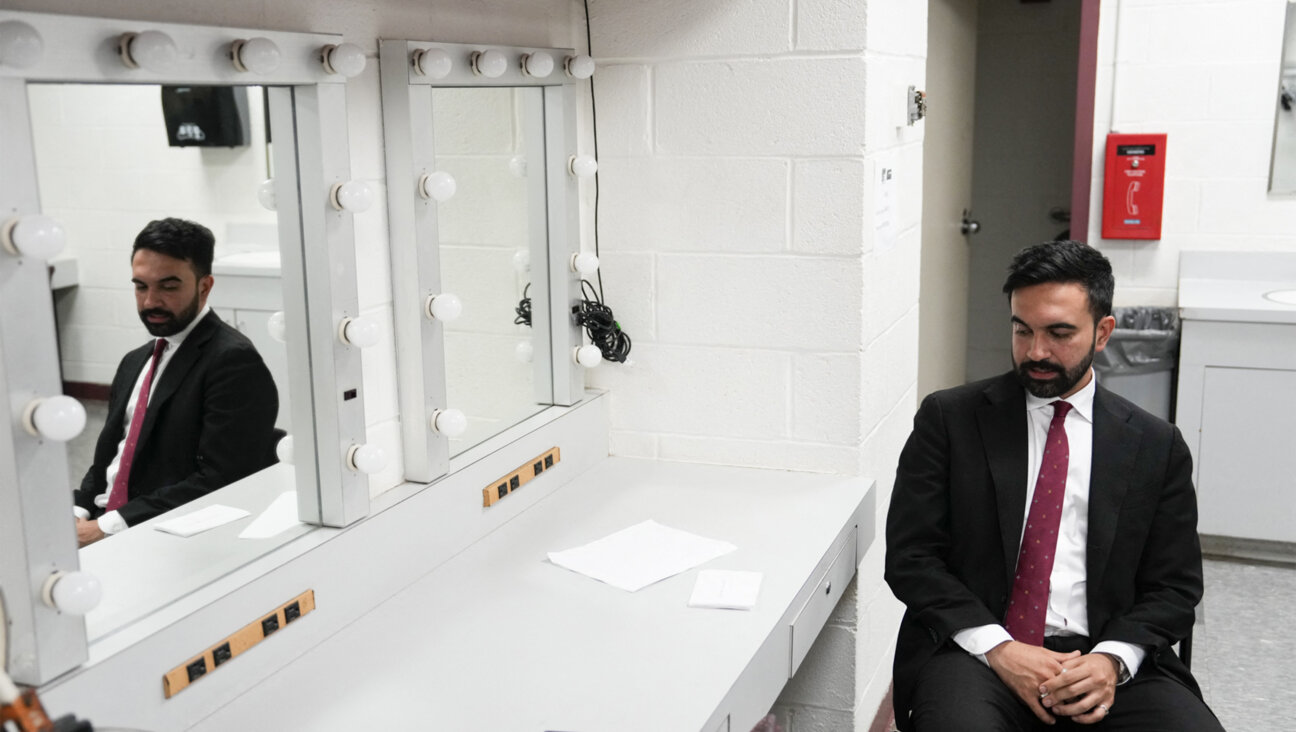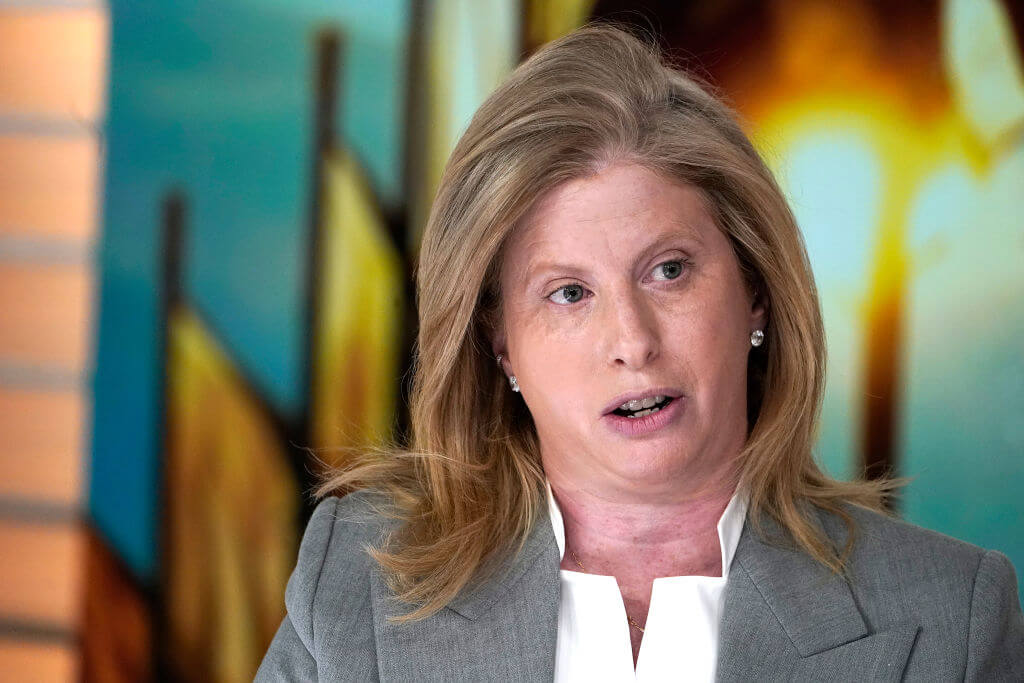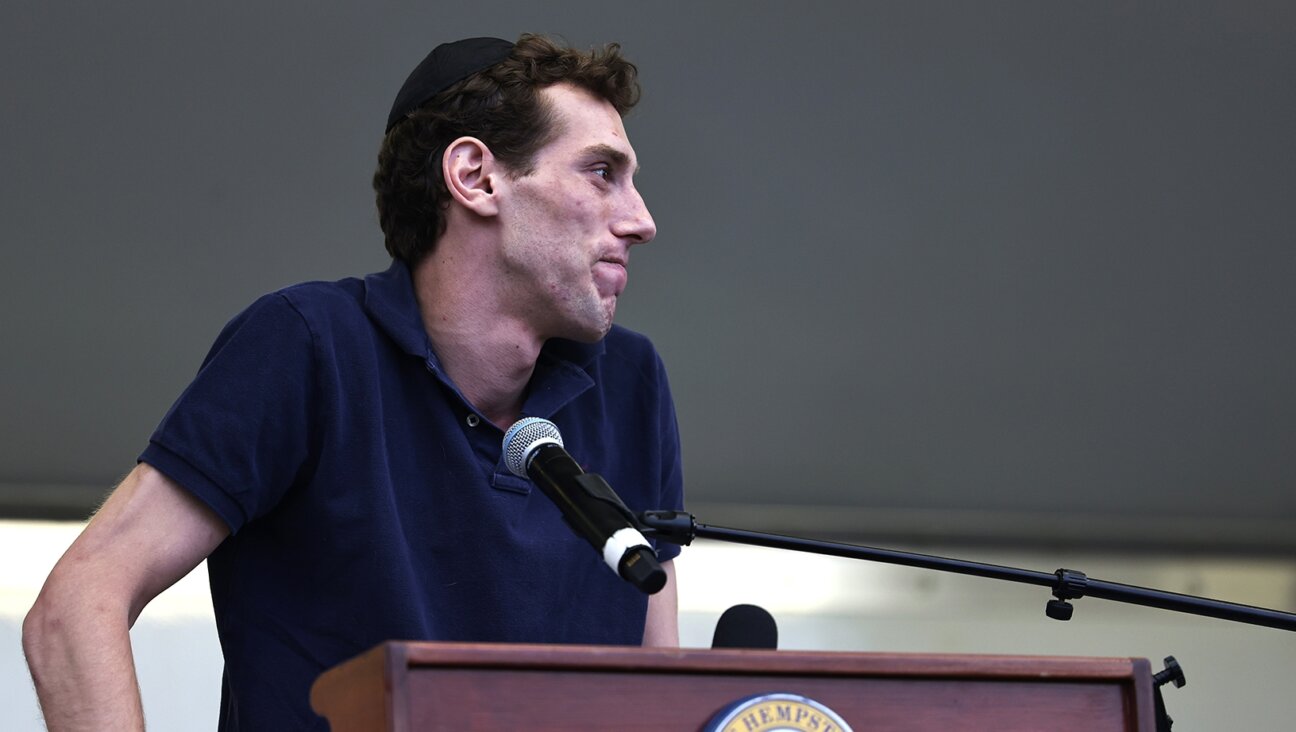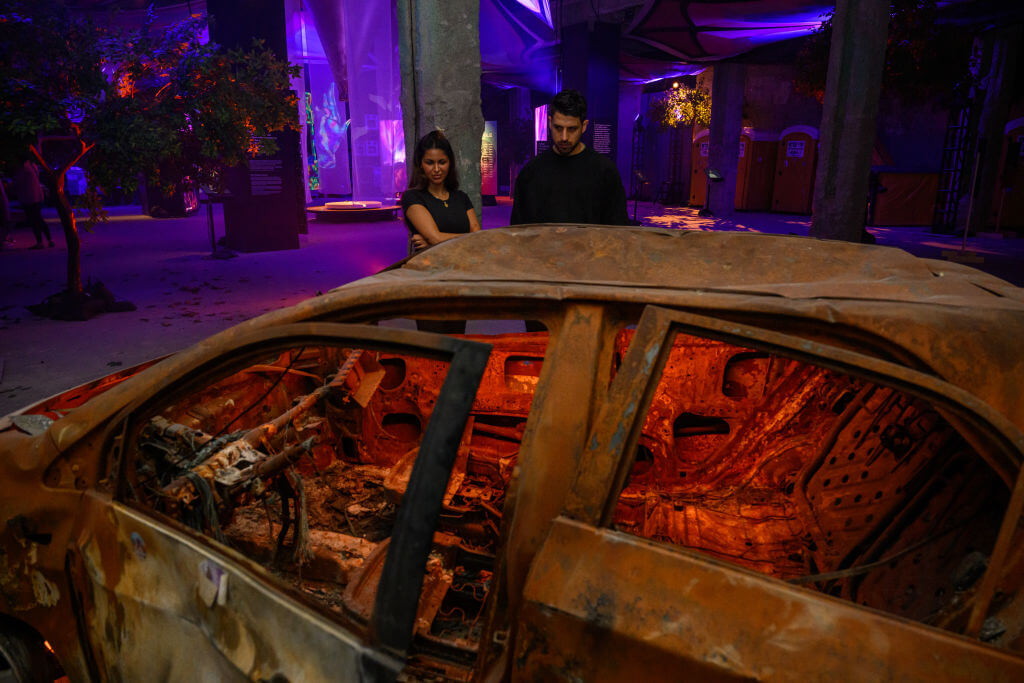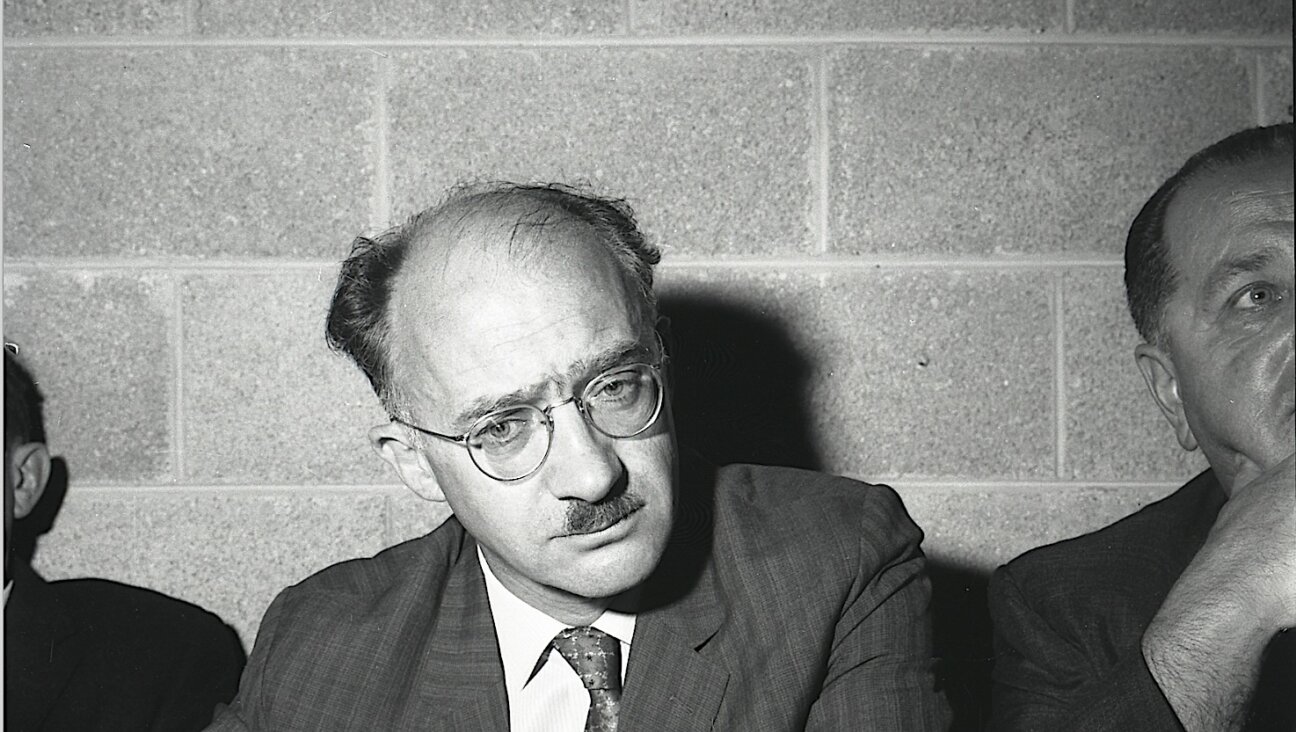American synagogues are closing at a record rate. This retired judge is rescuing their stained glass windows.
Inside a Chicago synagogue, retired judge Jerry Orbach has built a refuge for the stained glass of America’s vanishing Jewish communities
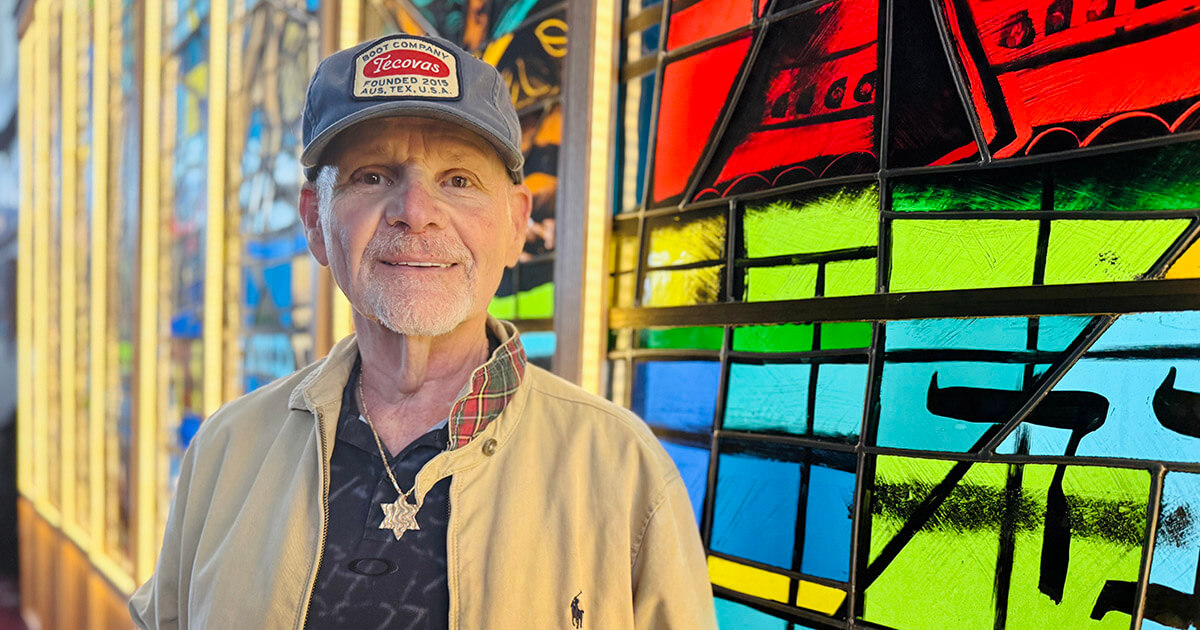
Jerry Orbach at Northbrook Community Synagogue in front of stained glass windows he rescued from Temple B’nai Israel, a shuttered synagogue in Saginaw, Michigan. Photo by Benyamin Cohen
For our Holy Ground series, Benyamin Cohen has visited sanctuaries on the brink and others being reborn. In Chicago, he found one filled with the rescued light of seven vanished shuls.
CHICAGO — Jerry Orbach moves through the sanctuary of Northbrook Community Synagogue with the practiced eye of a man who’s spent years rescuing pieces of a fading world. The suburban Chicago congregation glows with stained glass saved from shuttered synagogues, their colors reframed along these walls. What began as one man’s mission has turned the space into a living museum — a collage of light and loss.
A large gold Star of David hangs from a chain around Orbach’s neck, catching the light from the windows he’s saved from seven shuls. At 79, the retired judge has made a second career of rescuing what others have left behind: stained glass from synagogues that have closed, merged, or fallen into disrepair.
He isn’t just saving glass; he’s salvaging light — the one thing that never stops traveling.
Each panel is marked by a small plaque: the name of the congregation, the town it once illuminated, the year it died. When the sun hits them just right, color ripples across the walls like ghosts, a chorus of light still singing long after the voices are gone. “A continuation instead of a destruction,” he says, as if arguing a case.
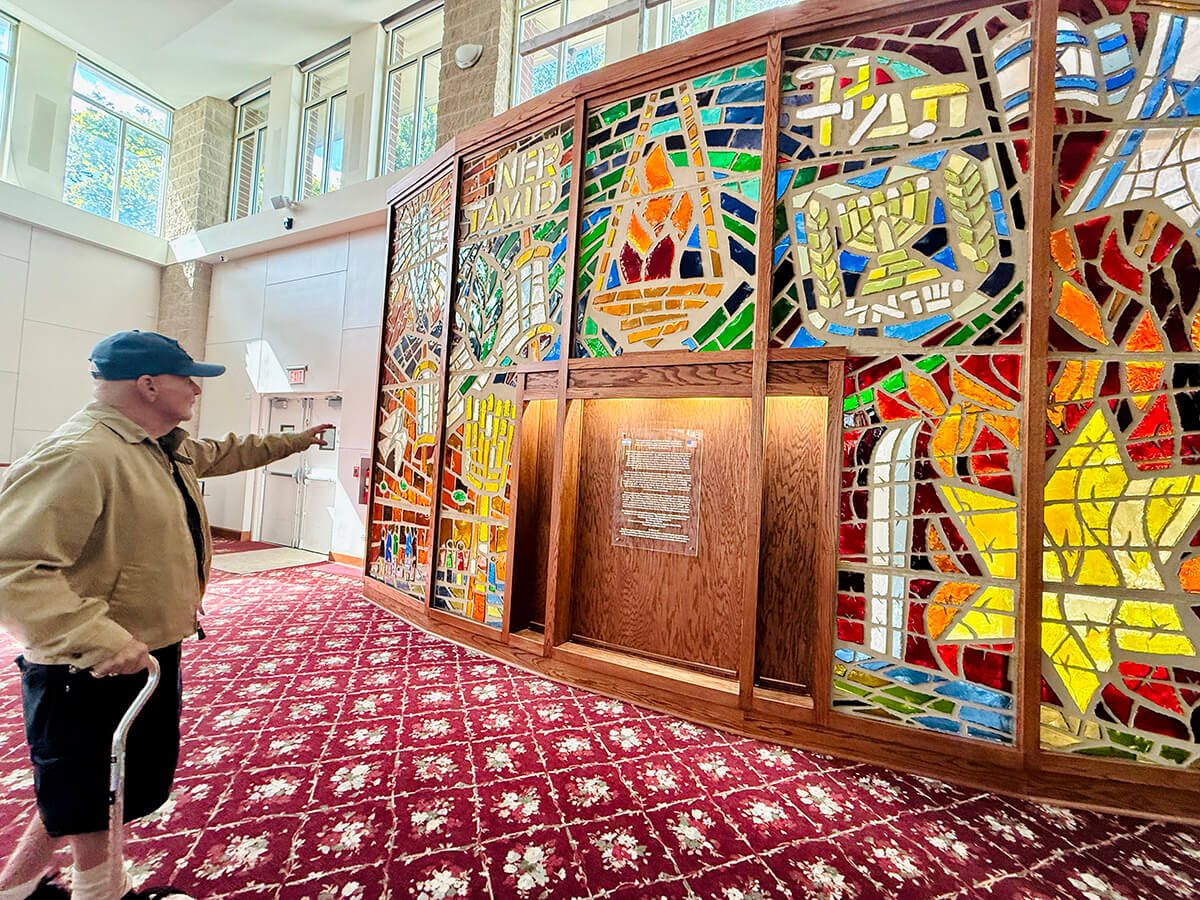
For more than a century, the number of synagogues in America steadily climbed, a reflection of immigration, assimilation, and Jewish ambition. But by the 1990s, that momentum stalled. In the decades that followed, it reversed. There are roughly 20% fewer synagogues today than there were in 1990, according to data gathered by Alanna E. Cooper, a Jewish studies professor at Case Western Reserve University. For the first time in American history, more synagogues are closing each year than opening.
The walls of Northbrook Community Synagogue now hold what those closures leave behind: fragments of glass salvaged from sanctuaries across the post-industrial Midwest, where factories shuttered and congregations dwindled. Most of what he’s salvaged has ended up here, but he’s also hoping to play matchmaker, connecting closing synagogues and new ones that want their windows. Orbach has become a one-man preservation society.
A history in glass
Stained glass has long been a marker of Jewish arrival in America. When immigrant congregations began erecting monumental synagogues in the early 1900s, they built them with arches, domes, and large window apertures. Glass became the medium of belonging.
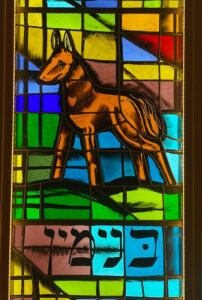
In cathedrals, stained glass told the stories of saints. In synagogues, it told the story of survival. Early designs depicted the 12 tribes, the days of creation, the Exodus from Egypt. Later came darker panels, fractured blues and reds evoking the Holocaust, followed by bursts of gold and white celebrating the creation of the state of Israel. Across a century of Jewish life, the art evolved into a visual Torah of endurance.
The factories closed. The congregations scattered. But the windows remain: fragile, luminous, still looking for a home.
Orbach leads me into a small elevator, one hand steadying his cane as the doors close. “You’re gonna like this,” he says, as the bell dings and the elevator jolts to a stop.
The basement sprawls beneath the entire building, a hidden warren of storage rooms and concrete corridors. One room is a large gym. Another section is soon to become indoor pickleball courts. But in a far corner, the scene could be straight out of an Indiana Jones movie. This is where Orbach has built something else: a warehouse of memory.
Wooden crates line the walls, some open, others nailed shut. Inside are stained-glass windows that have yet to find a new home — towering panels from Beth Achim synagogue in Southfield, Michigan, each 13 feet tall and 3 feet wide. For now, they rest here, waiting for wherever their journey next takes them, like the vessels of a traveling tabernacle.
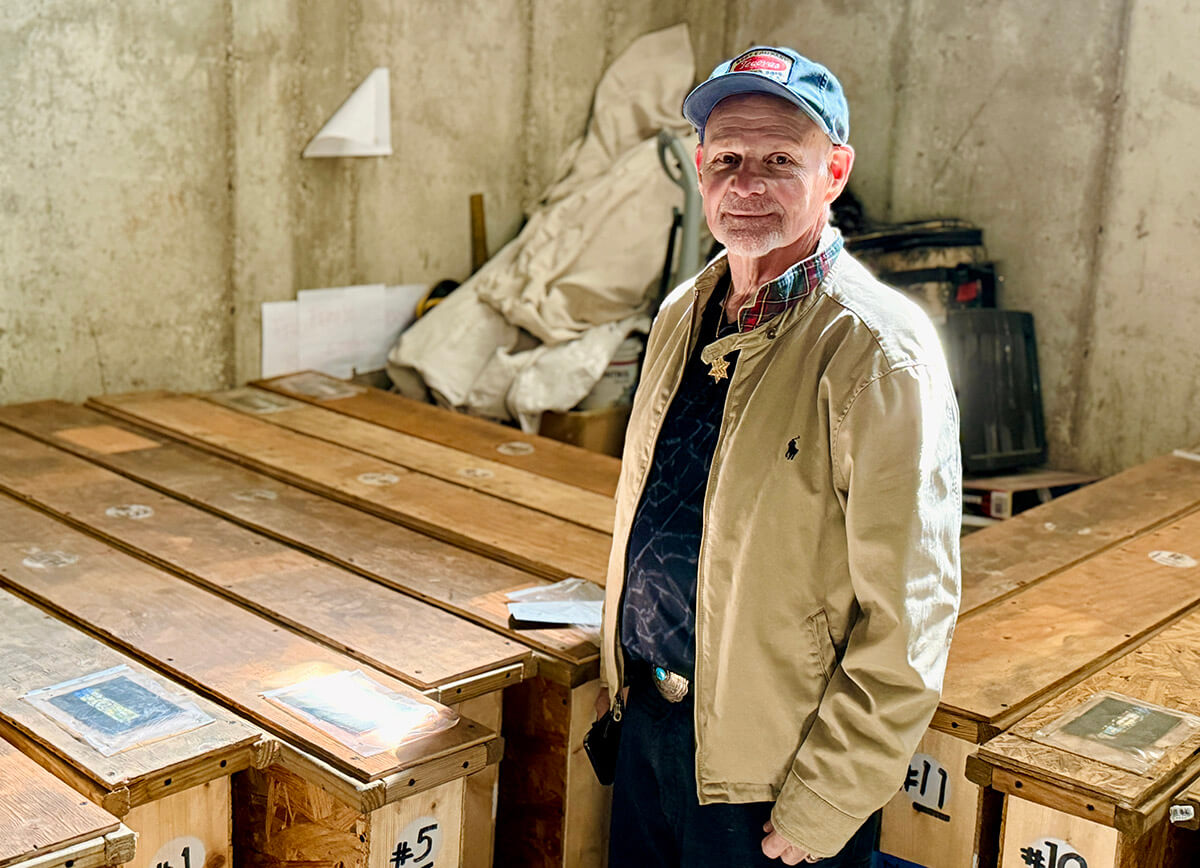
Orbach lifts his phone, flicking on the flashlight. Dust drifts through the beam. The air smells faintly metallic, like old pews and time. He runs the light along the edge of a crate, tracing the outline of a hidden window.
“I just got these in two weeks ago,” he says, like a shopkeeper showing off new stock. “Seven for the holidays, seven for the days of creation. They’re gorgeous.”
He steps closer to a crate, resting his hand on the wood as if on a headstone. This, he said, is how memory becomes a kind of faith.
The case for light
A son of Chicago, Orbach was born in Humboldt Park to parents who fled pogroms in Eastern Europe — his mother from Ukraine, his father from Poland. When he was 8, the family moved north to Albany Park, then a humming center of Jewish life. He’s stayed close to the city ever since: studying law at Loyola, serving as a prosecutor and alderman, and later, in 1988, taking the bench in Cook County. In time he rose to head the court’s law division in District 2, a job that taught him to listen before ruling. He retired two decades ago, though he now mediates and arbitrates cases — a judge, it seems, never entirely off duty.
A few of Orbach’s earliest rescues were the panels from his childhood synagogue in Albany Park. They once illuminated the sanctuary where he became bar mitzvah, where he was married, where his parents once prayed. Reinstalled now in Northbrook, they’ve since framed his grandchildren’s baby namings. “They sold the building to a church,” he said. “I couldn’t stand the idea of those windows ending up in a dumpster.”
Something shifted. He started calling contractors, preservationists — anyone with a ladder and a conscience. Soon he was showing up at demolition sites, paying crews out of pocket to let him climb the scaffolding and pry the glass from the walls. Once, at Mikro Kadosh Anshei Ticktin, an old Chicago congregation, he and his crew worked through the night, prying the stained glass from the front while a bulldozer tore into the back of the building. “By the end, there was one wall left,” he said. “It was shaking while we got the last window out.”
He talks about the windows the way some people talk about those who once prayed beneath them, as if they still have a pulse. “If you keep the memory of the shuls alive,” he said, “the people in them are alive too.”
From ruin to renewal
Among Orbach’s most prized rescues are a set of stained-glass windows from Saginaw, Michigan — luminous panels manufactured in France and salvaged just before their synagogue was torn down. He brought them to Northbrook several years ago, giving their light a second life.
A few months after Orbach installed the Saginaw windows, Cooper — the scholar who tracks synagogue closures and the fate of their sacred objects — flew in from Cleveland to see them. She’d been studying what happens to the sacred items left behind when synagogues close: Torah scrolls, yahrzeit plaques, arks, pews, memorial lights. But the stained glass, she said, posed the hardest questions.
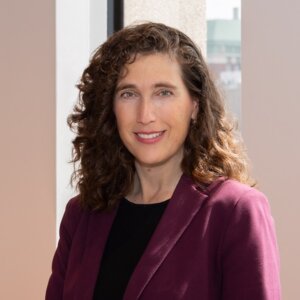
Stained-glass windows don’t have a sacred status like a Torah scroll or even the building itself. They carry a different kind of holiness. “I’ve heard many congregations describe their windows as the soul of their congregation,” Cooper said.
She found in Orbach what her fieldwork had only theorized. “He’s creating an afterlife for these windows,” she said at a dedication ceremony at Northbrook, where they both spoke.
Standing before the crowd that day, Cooper described the scene she’d witnessed when windows were removed from Ahavath Israel in Kingston, New York, which Orbach also rescued and relocated to Northbrook. Cooper recalled workmen carrying the panels to their crates as the last members of the congregation looked on. “As they lowered the windows into the boxes,” she said, “it felt like a burial.”
Now she gestured toward the sanctuary, the glass alive with color once more. “And this,” she said, “is the afterlife.”
In his own sanctuary
Orbach has one more thing to show me, in his two-story home on a quiet suburban street. Rusty, his six-year-old rescue mutt, bounds to the door. His wife, Noreen, waves from the hallway.
The foyer is lined with photos of his two daughters and their families. Hanging above the entryway are two stained-glass windows he salvaged years ago from a shuttered synagogue in Lakeview, Illinois, where he used to go for minyan. The site is now condos.
“In my own way, this is how I keep those shuls alive,” he says, glancing up at the glass.


